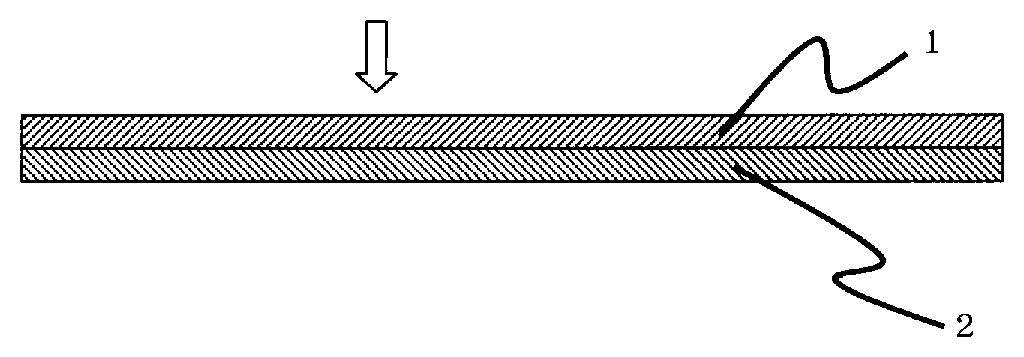Filter cloth for bag filter, method for producing the same, and bag filter
a filter cloth and bag filter technology, applied in the direction of filtration separation, separation process, dispersed particle separation, etc., to achieve the effect of excellent collection efficiency, low pressure drop, and resistance to clogging
- Summary
- Abstract
- Description
- Claims
- Application Information
AI Technical Summary
Benefits of technology
Problems solved by technology
Method used
Image
Examples
example 1
[0086]Polyethylene terephthalate having a melt viscosity of 120 Pa·sec at 285° C. was used as an island component, and modified polyethylene terephthalate obtained by the copolymerization of 4 wt % polyethylene glycol having a melt viscosity of 135 Pa·sec at 285° C. and an average molecular weight of 4,000 and 9 mol % 5-sodium sulfoisophthalic acid was used as a sea component. The polymers were spun at a sea:island weight ratio of 10:90 using a nozzle having 400 islands, and then taken up at a spinning rate of 1,500 m / min. The difference in alkali weight reduction rate was 1,000-fold. The obtained yarn was drawn to 3.9 times the original length and then cut to 1,000 μm using a guillotine cutter, thereby giving a sea-island composite fiber for an ultrafine fiber A. The fiber was then subjected to 10% weight reduction in a 4% aqueous NaOH solution at 75° C., and the resulting fiber was defined as an ultrafine fiber A (fiber diameter: 700 nm, fiber length: 1 mm, aspect ratio: 1,400, ro...
example 2
[0092]The same procedure as in Example 1 was performed, except that a monolayer spunlace nonwoven fabric having a weight per unit of 30 g / m2 and composed of 20 wt % the ultrafine fiber A with a fiber diameter of 700 nm and a fiber length of 1 nm (aspect ratio: 1,400) and 80 wt % polyethylene terephthalate short fibers with a single-fiber fineness of 0.1 dtex and a fiber length of 5 mm was obtained. Evaluation results are shown in Table 1.
example 3
[0093]Polyethylene terephthalate having a melt viscosity of 120 Pa·sec at 285° C. was used as an island component, and modified polyethylene terephthalate obtained by the copolymerization of 4 wt % polyethylene glycol having a melt viscosity of 135 Pa·sec at 285° C. and an average molecular weight of 4,000 and 9 mol % 5-sodium sulfoisophthalic acid was used as a sea component. The polymers were spun at a sea:island weight ratio of 10:90 using a nozzle having 400 islands, and then taken up at a spinning rate of 1,500 m / min. The difference in alkali weight reduction rate was 1,000-fold. The obtained yarn was cut to 1,000 μm using a guillotine cutter without drawing, thereby giving a sea-island composite fiber for an ultrafine fiber B. The fiber was then subjected to 10% weight reduction in a 4% aqueous NaOH solution at 75° C., and the resulting fiber was defined as an ultrafine fiber B (fiber diameter: 1.2 μm, fiber length: 1 mm, aspect ratio: 850, round cross-section).
[0094]Next, a s...
PUM
| Property | Measurement | Unit |
|---|---|---|
| porosity | aaaaa | aaaaa |
| diameter | aaaaa | aaaaa |
| length | aaaaa | aaaaa |
Abstract
Description
Claims
Application Information
 Login to View More
Login to View More - R&D
- Intellectual Property
- Life Sciences
- Materials
- Tech Scout
- Unparalleled Data Quality
- Higher Quality Content
- 60% Fewer Hallucinations
Browse by: Latest US Patents, China's latest patents, Technical Efficacy Thesaurus, Application Domain, Technology Topic, Popular Technical Reports.
© 2025 PatSnap. All rights reserved.Legal|Privacy policy|Modern Slavery Act Transparency Statement|Sitemap|About US| Contact US: help@patsnap.com

